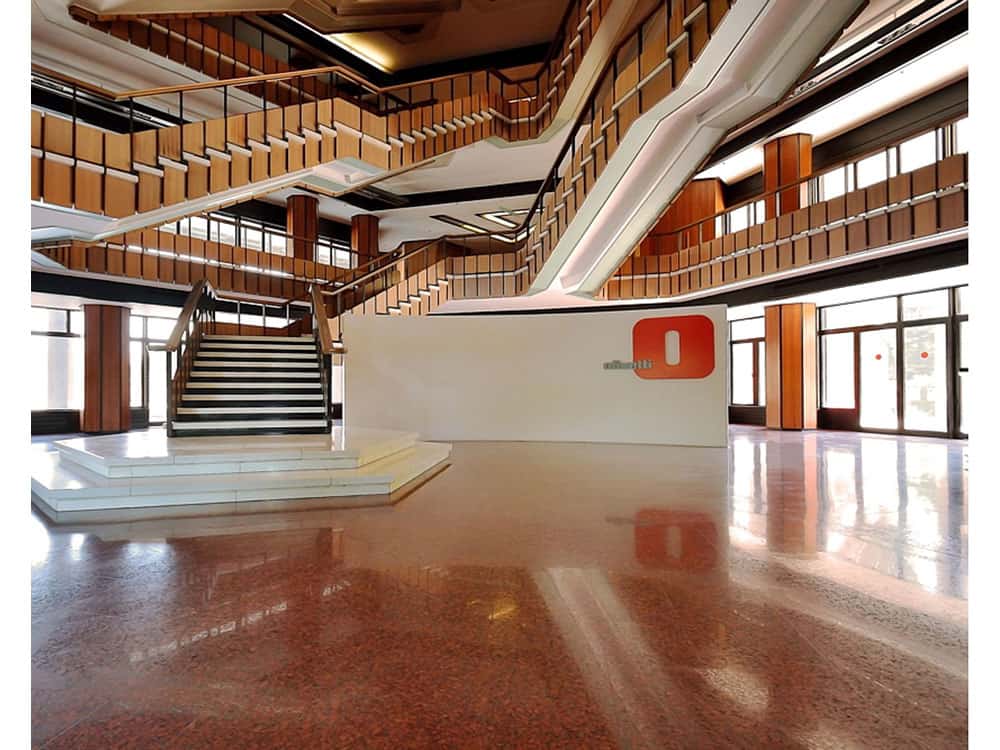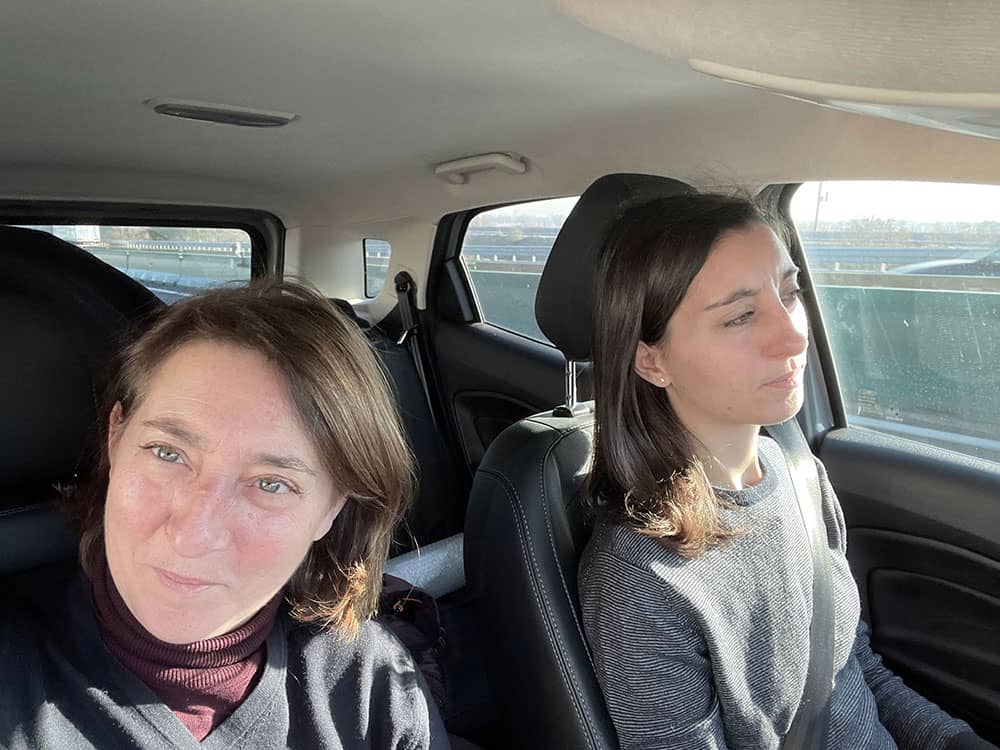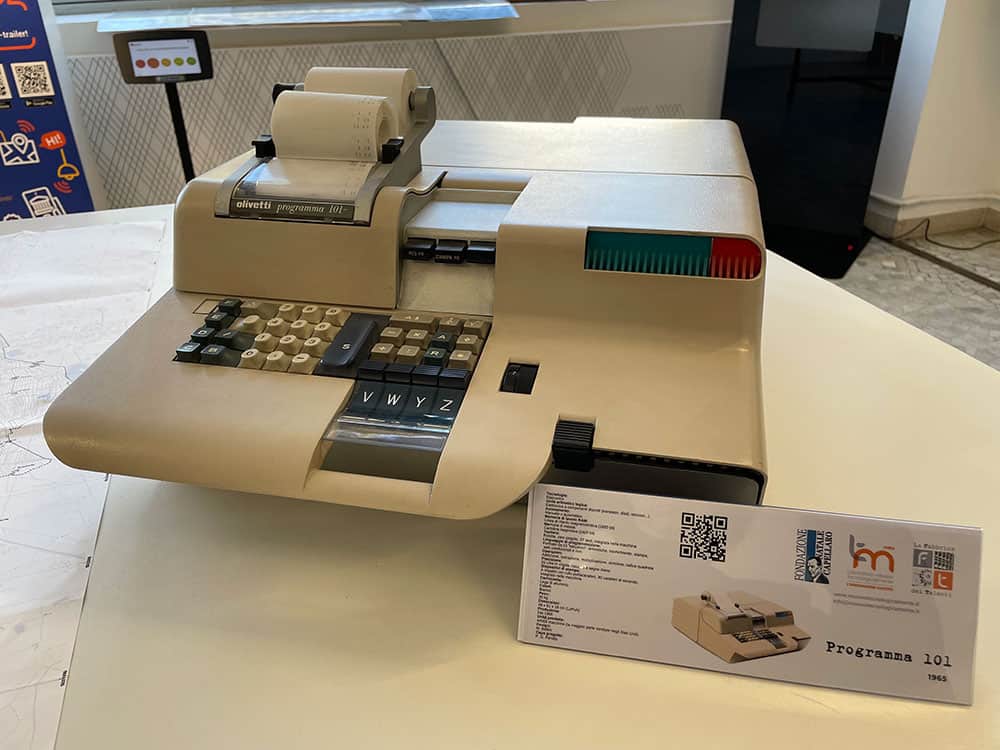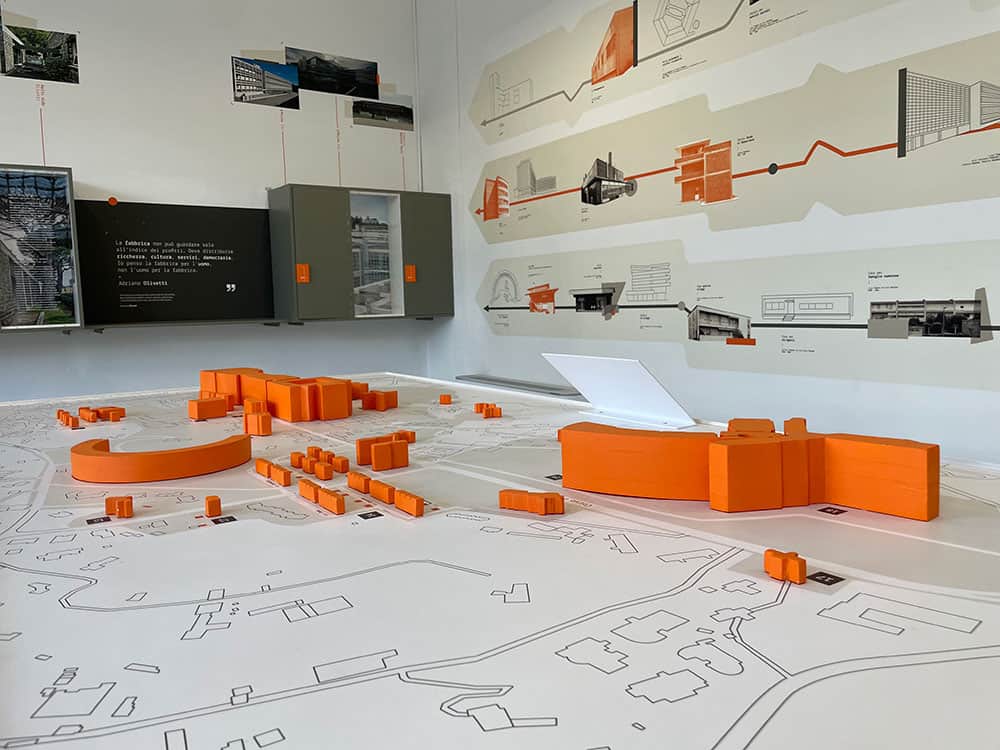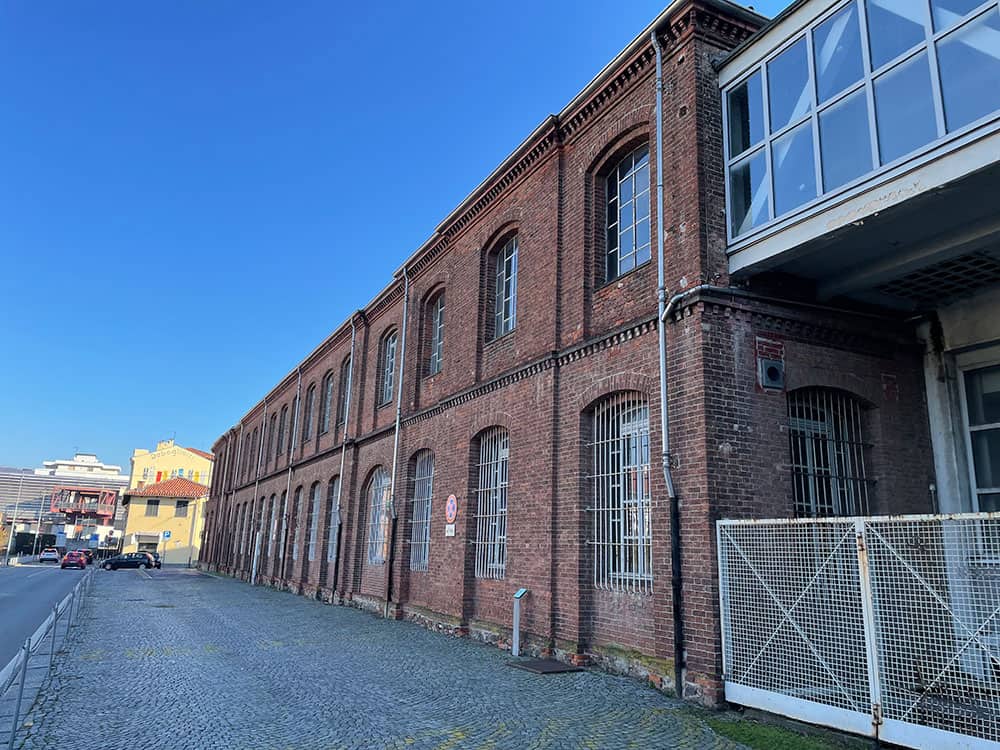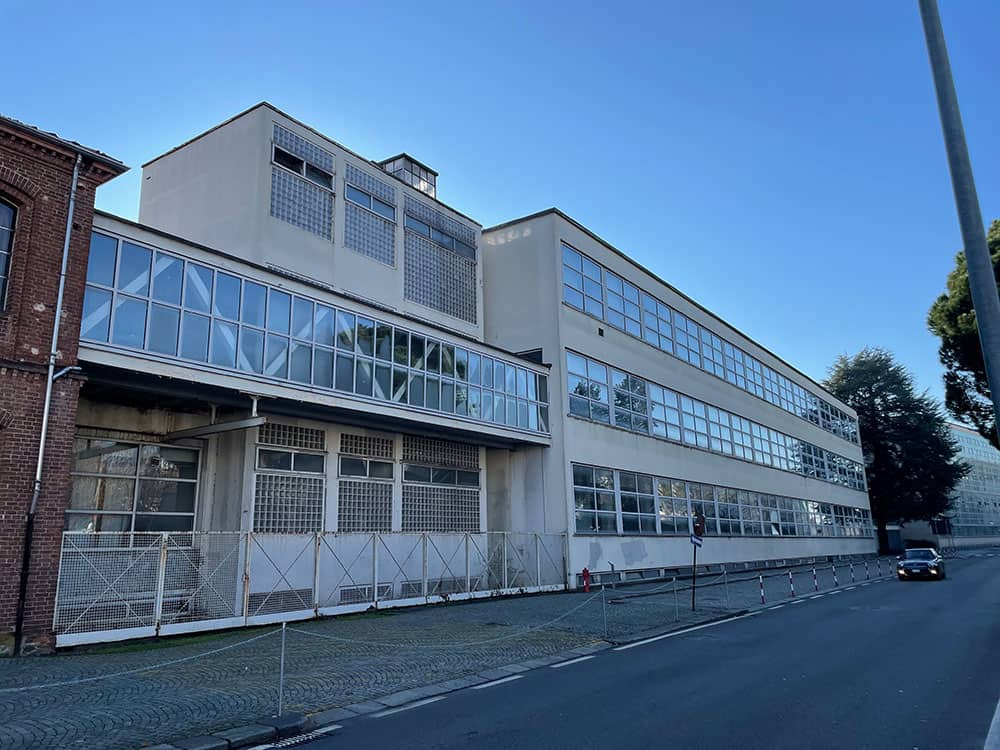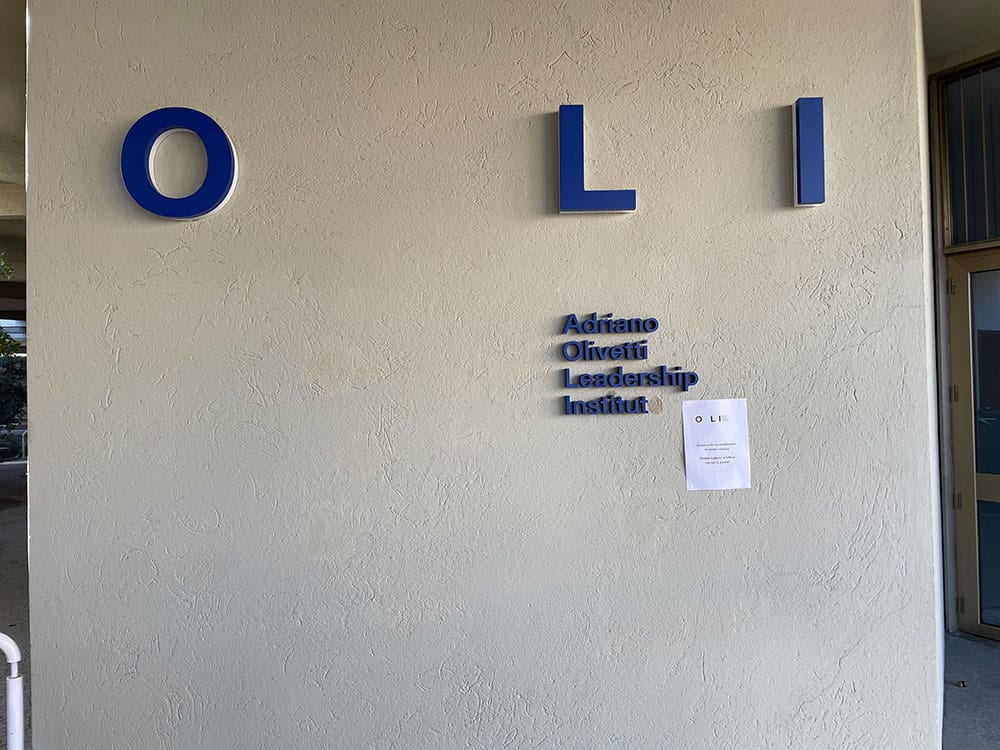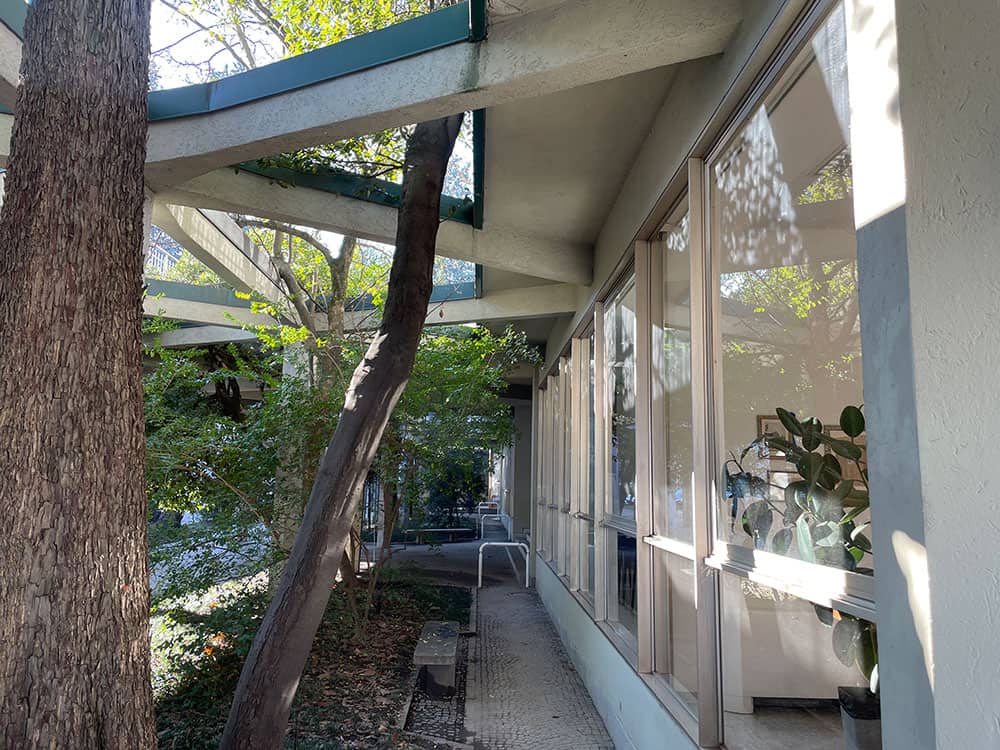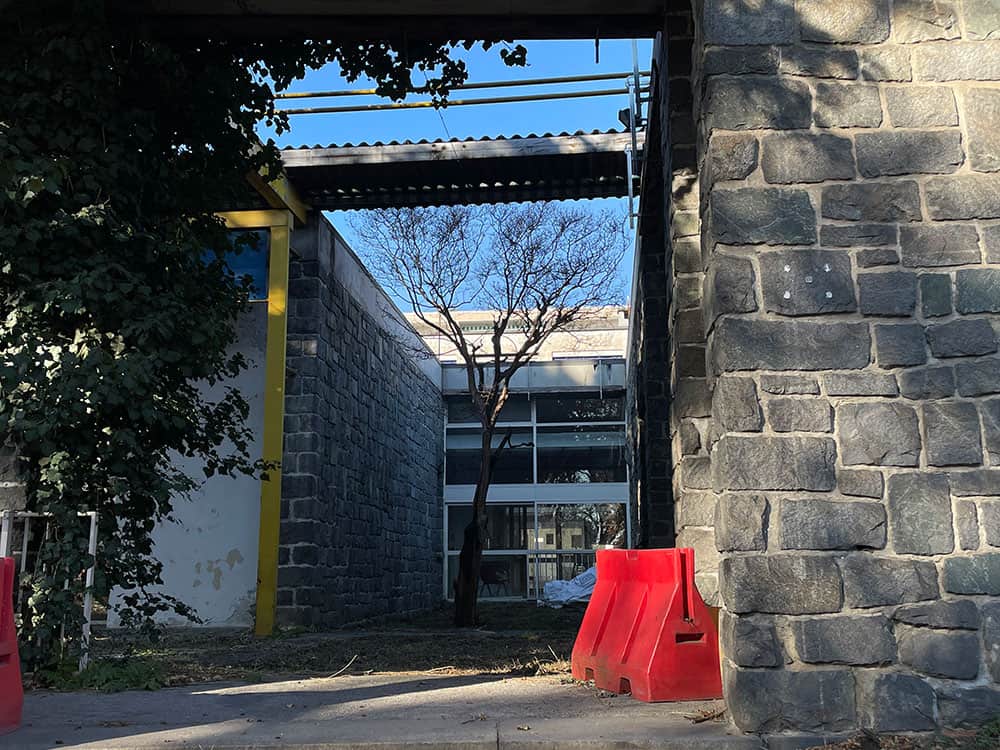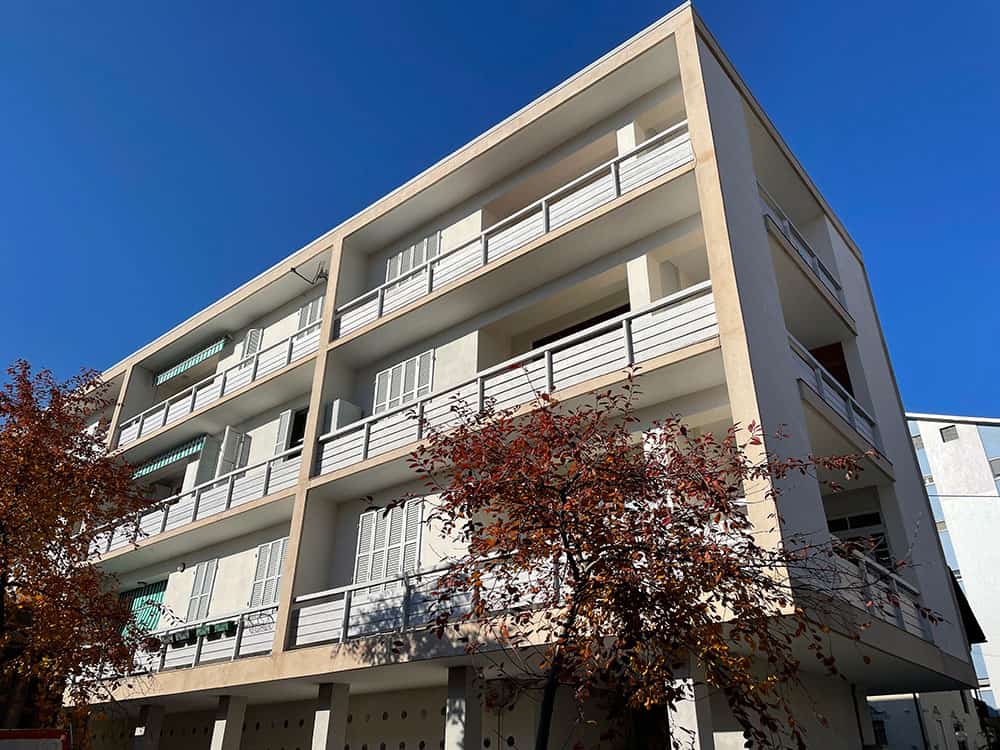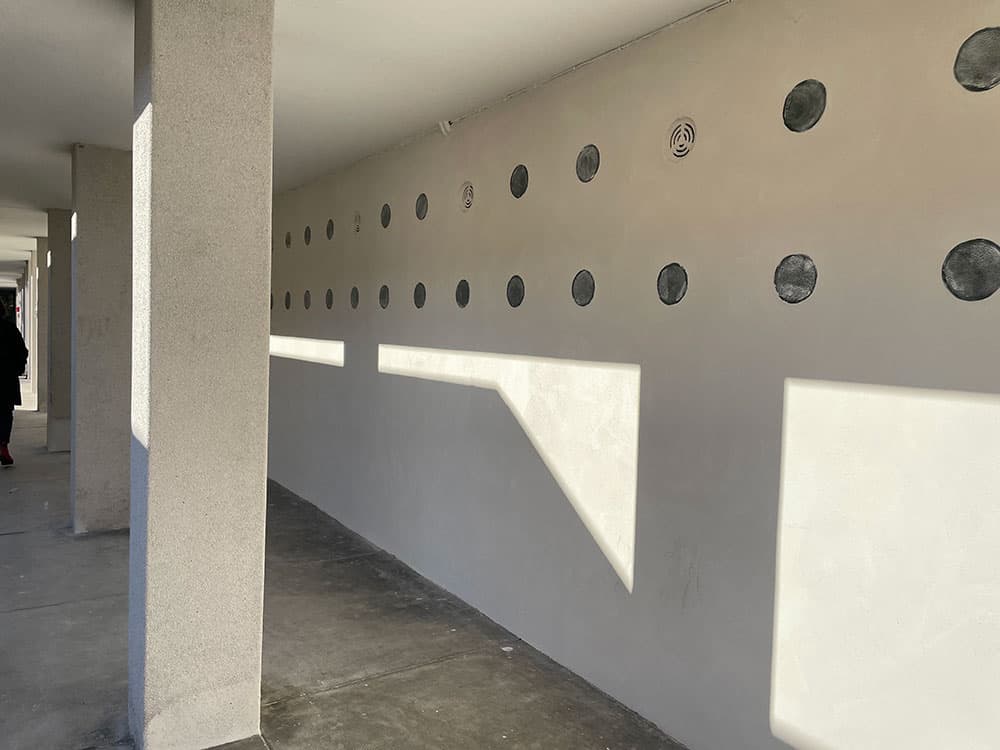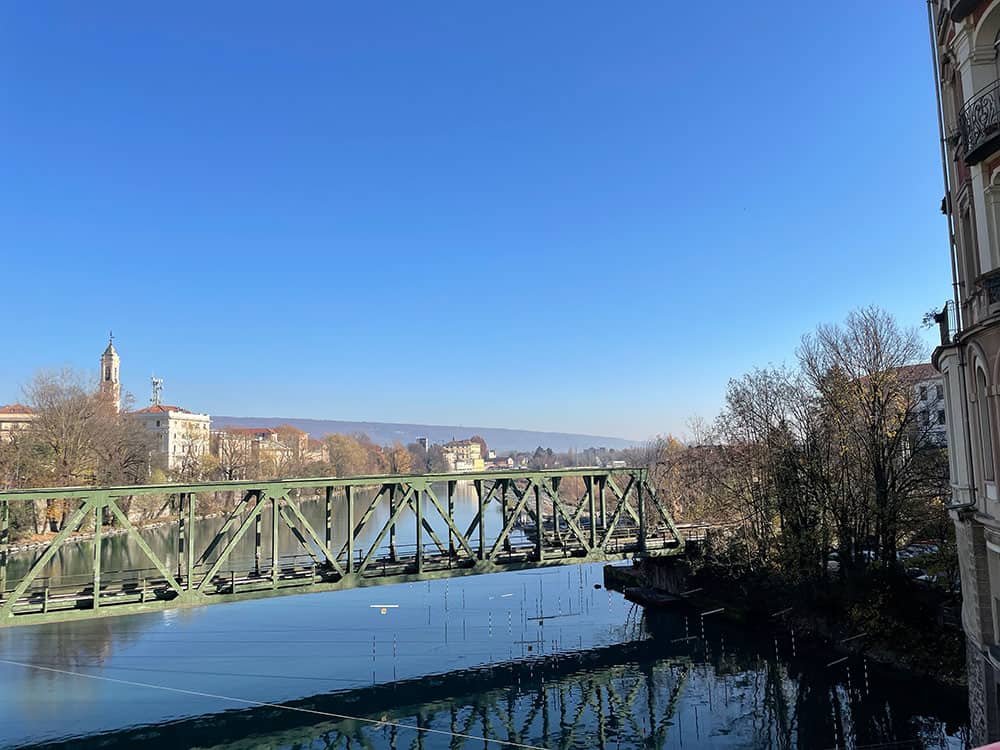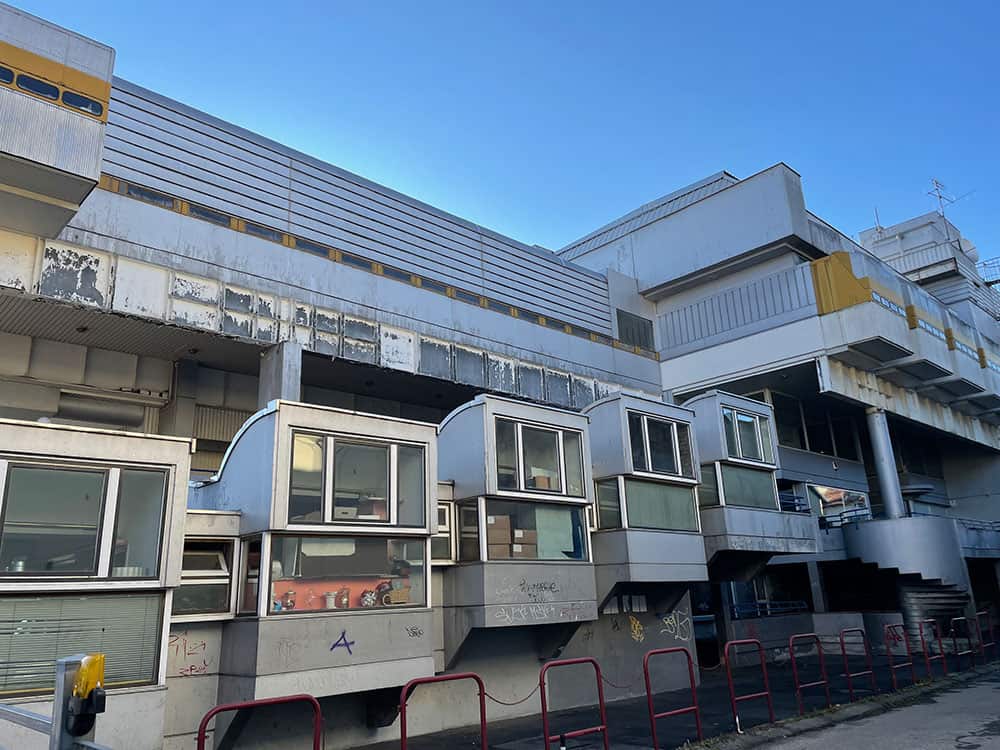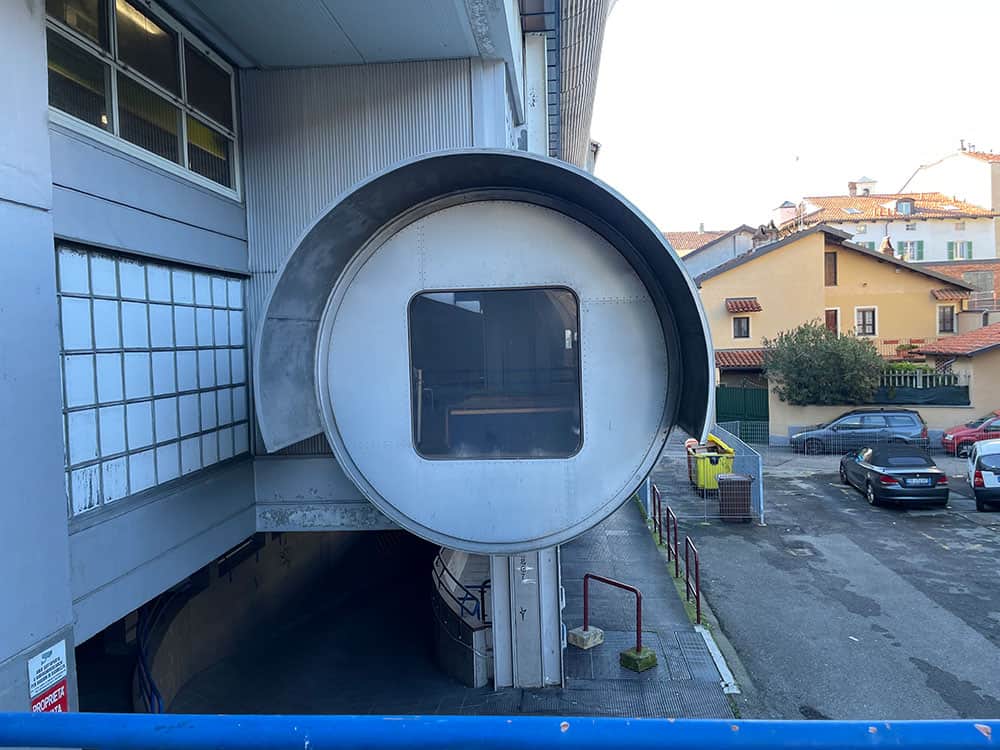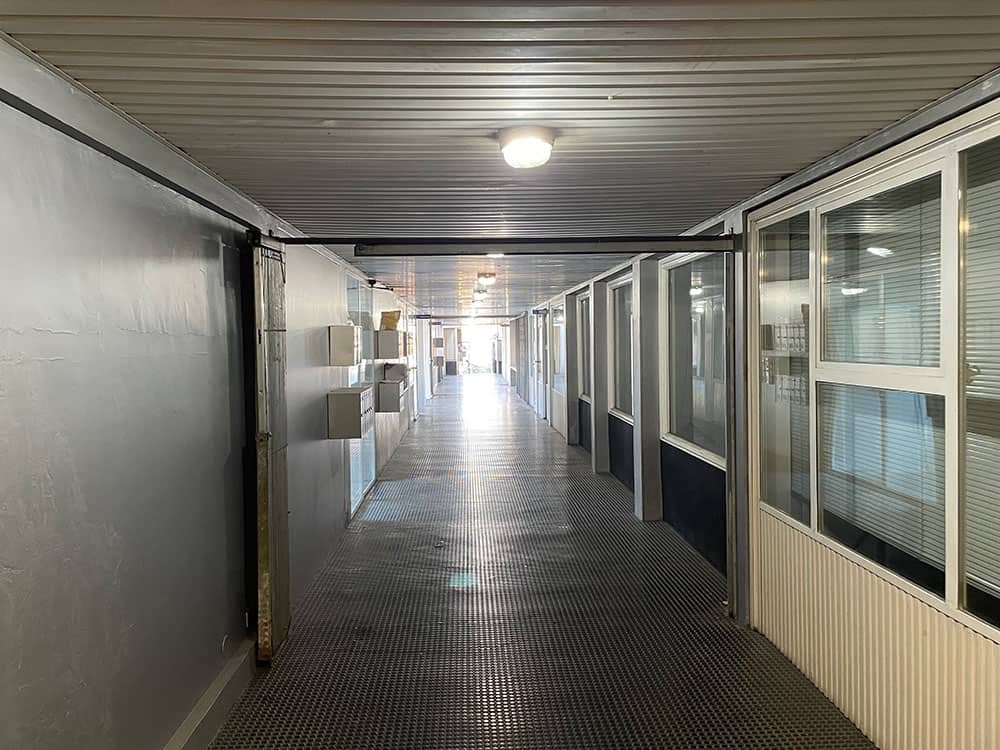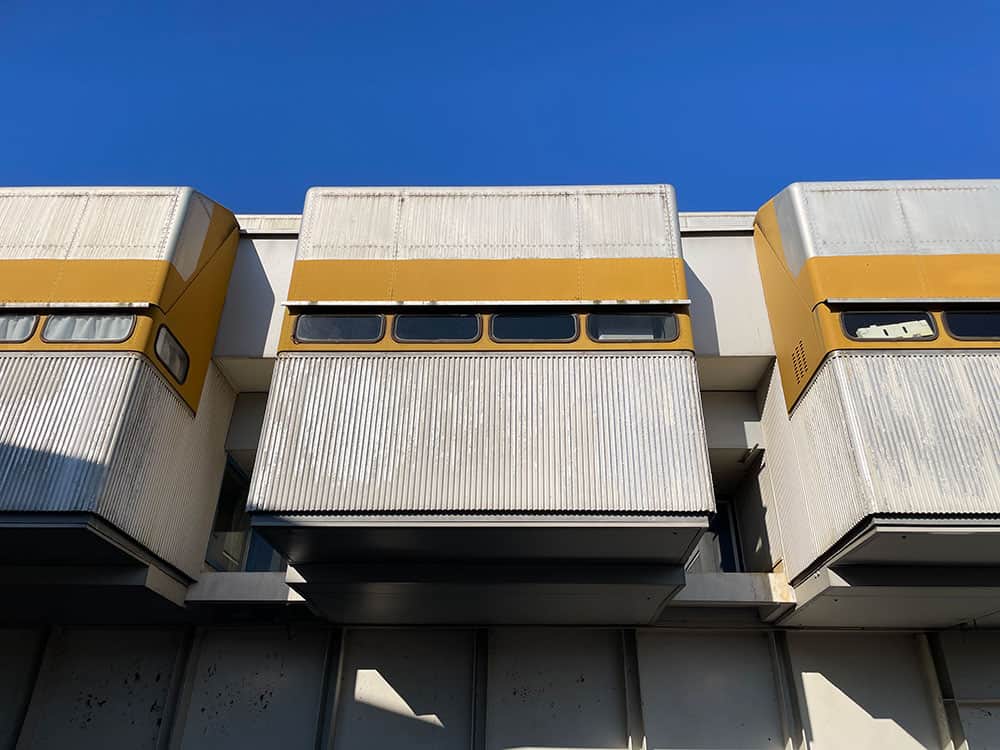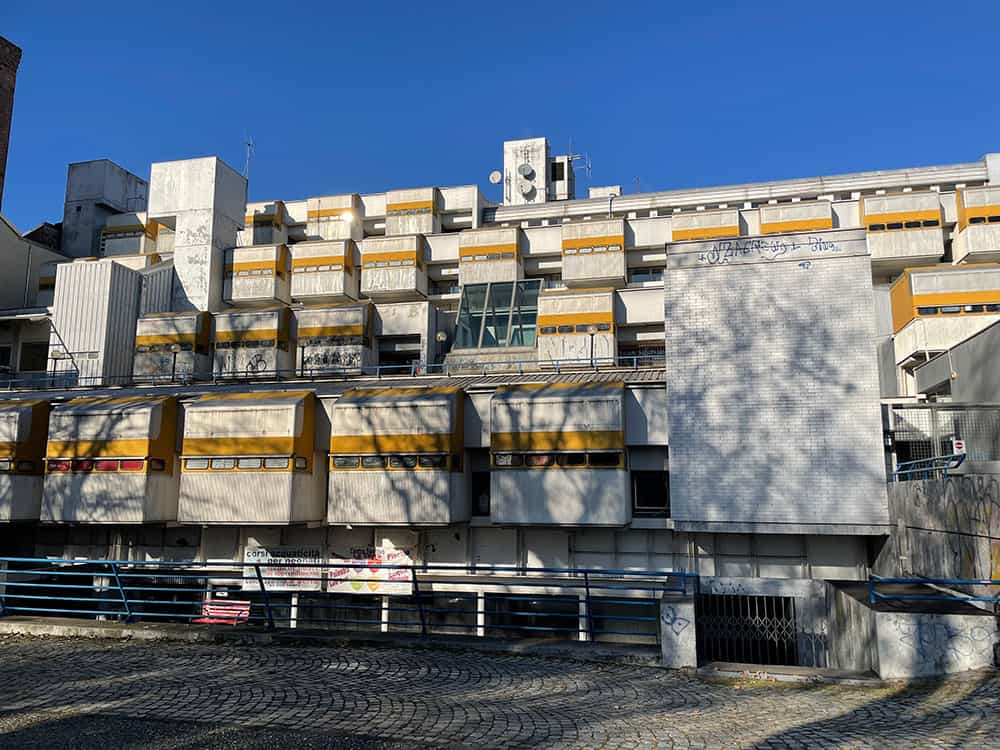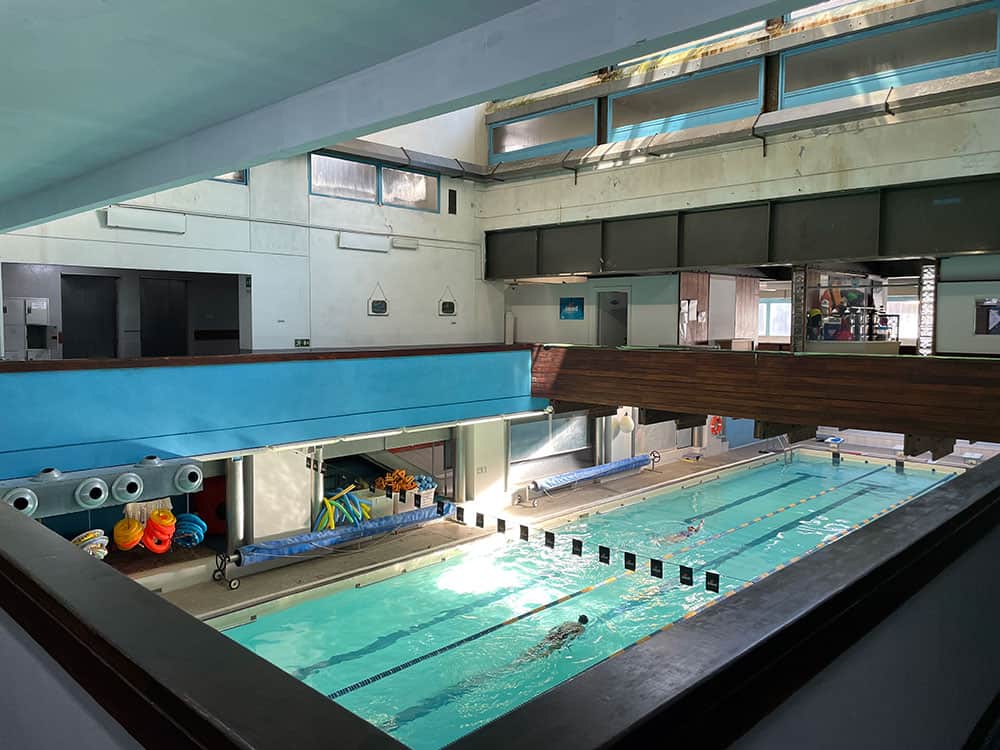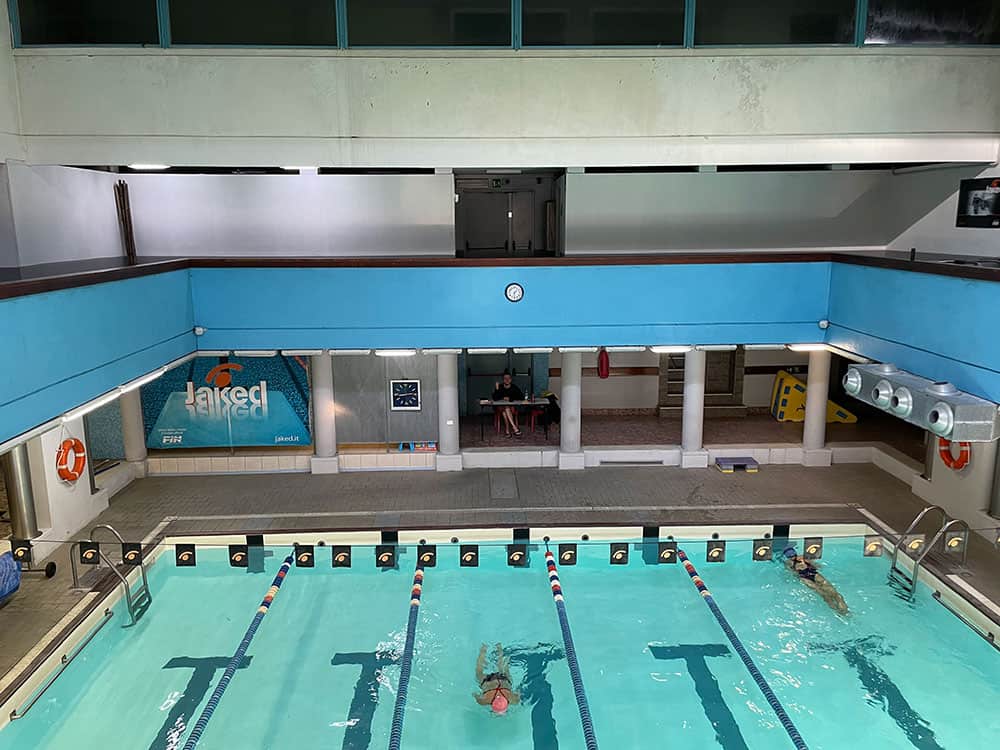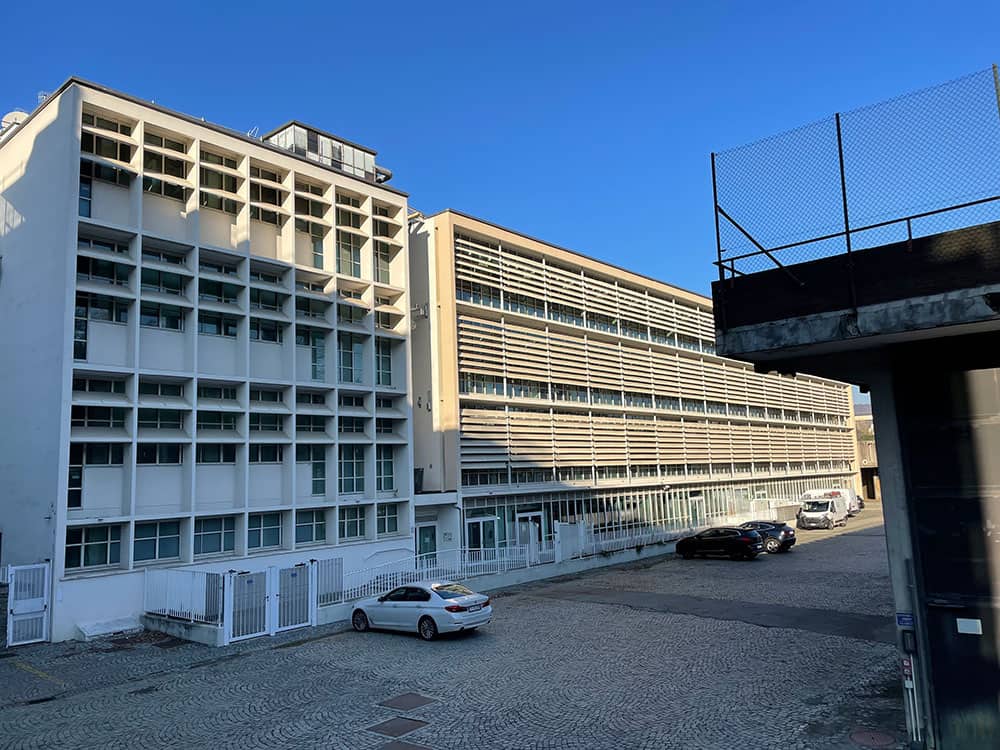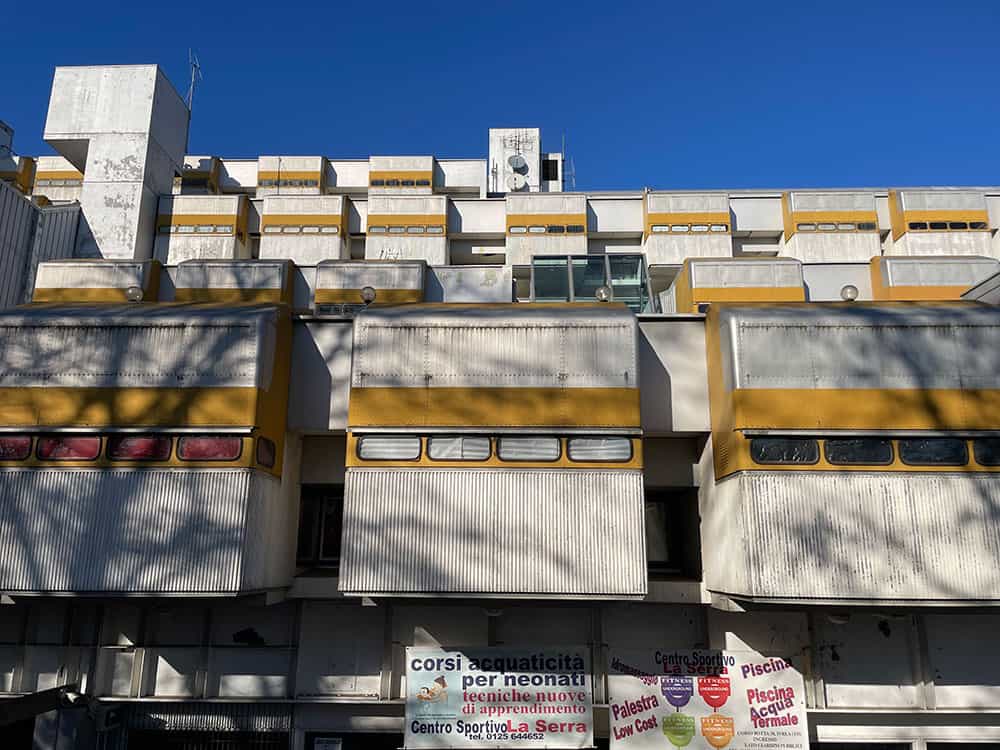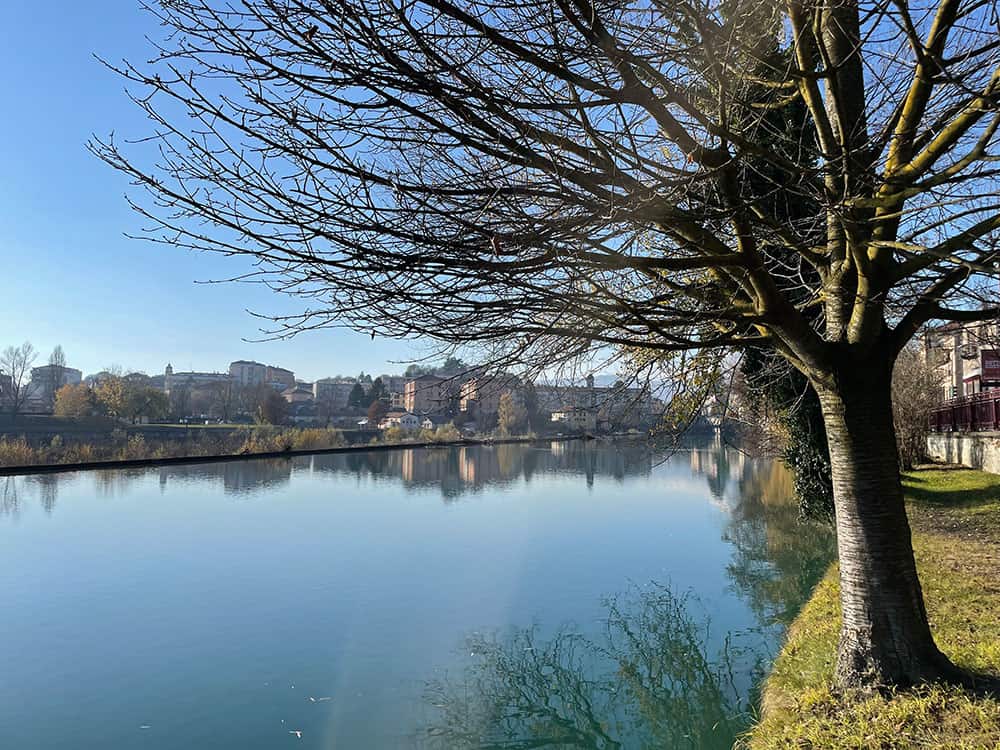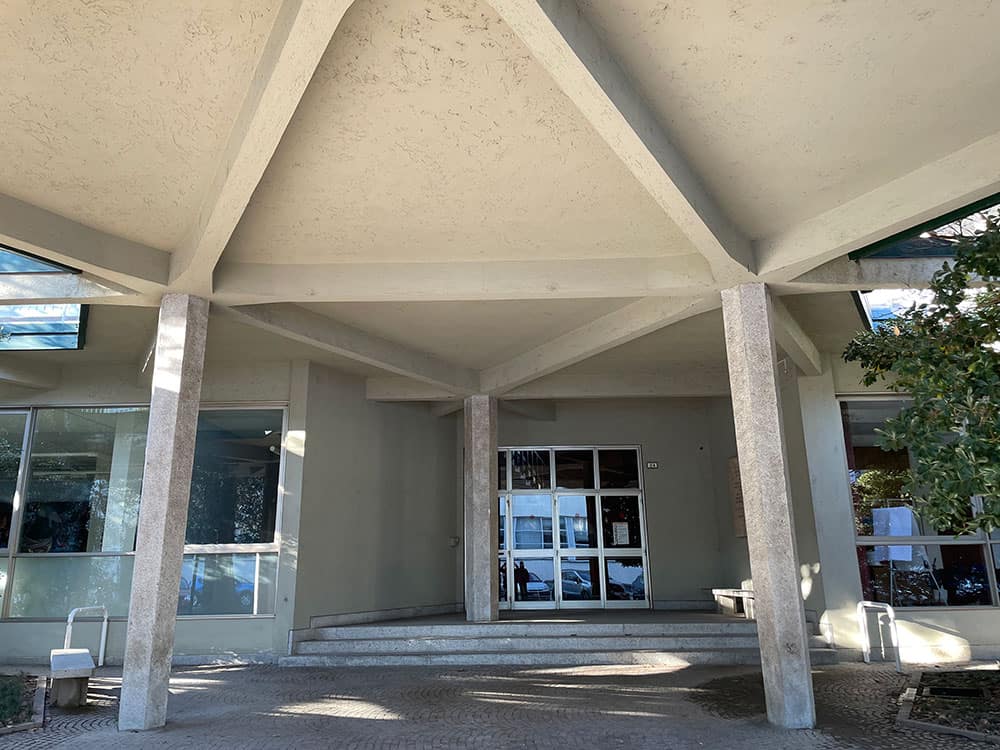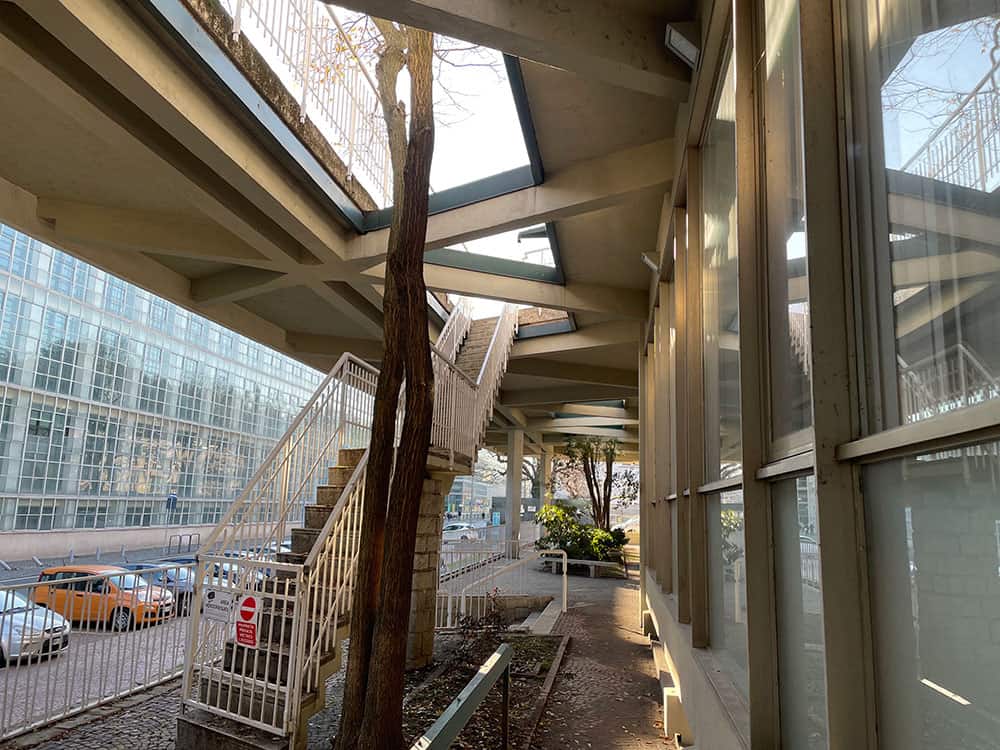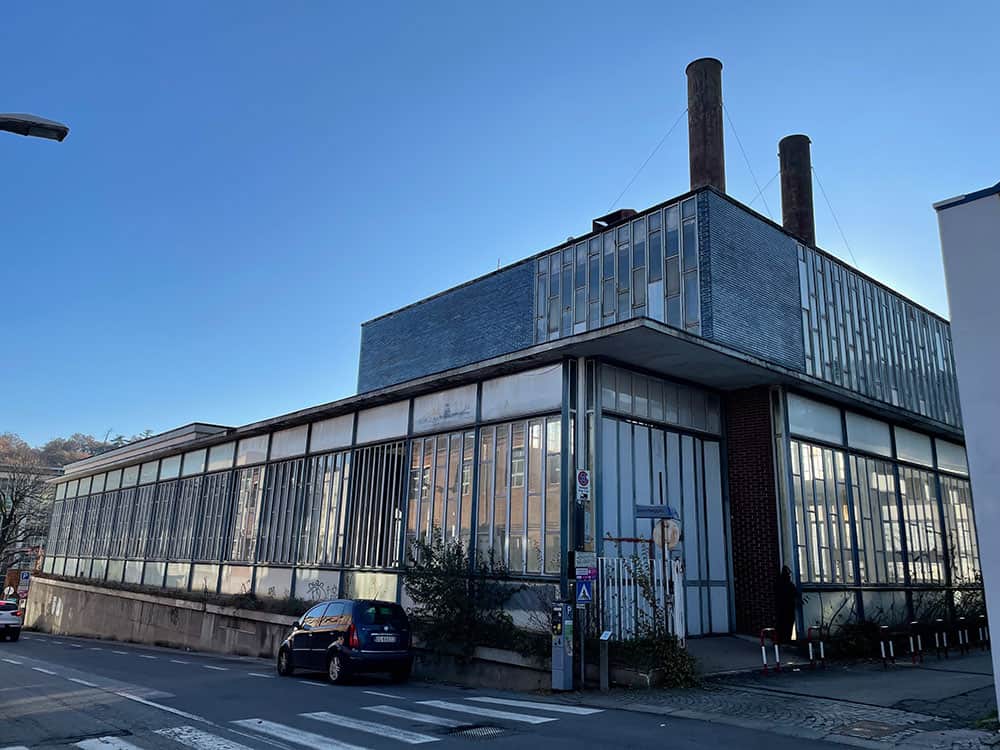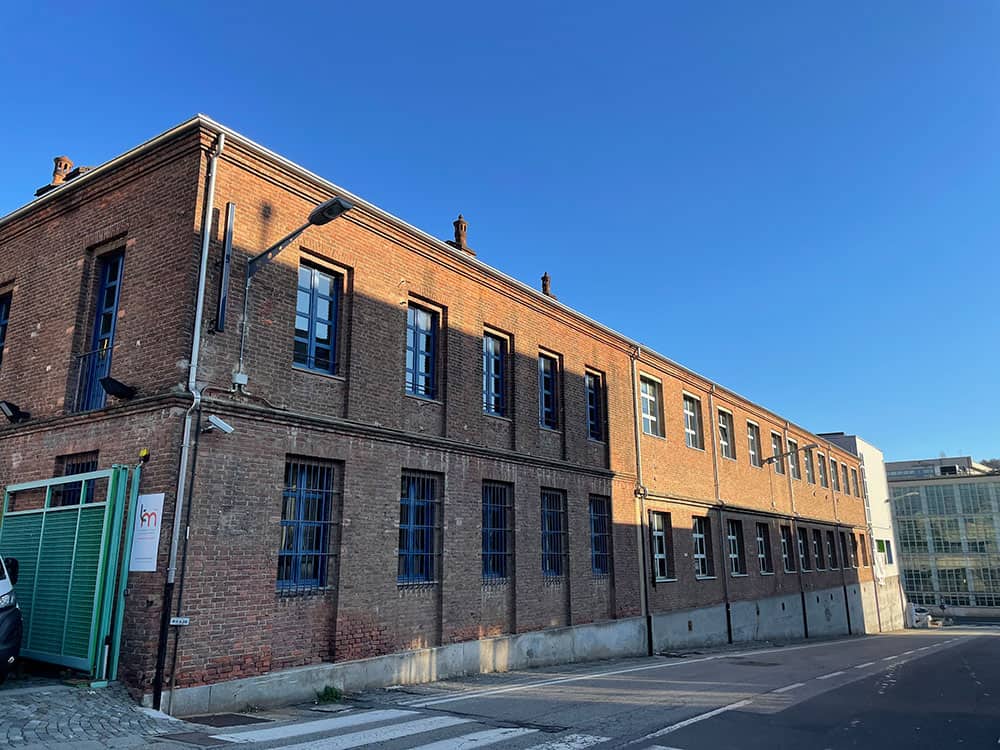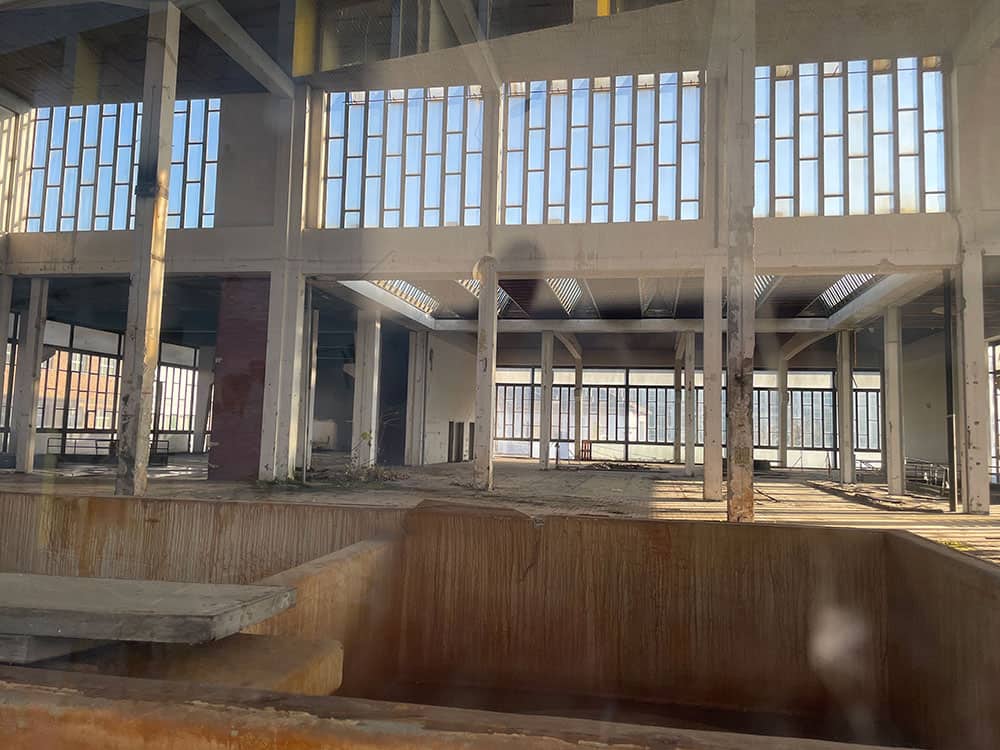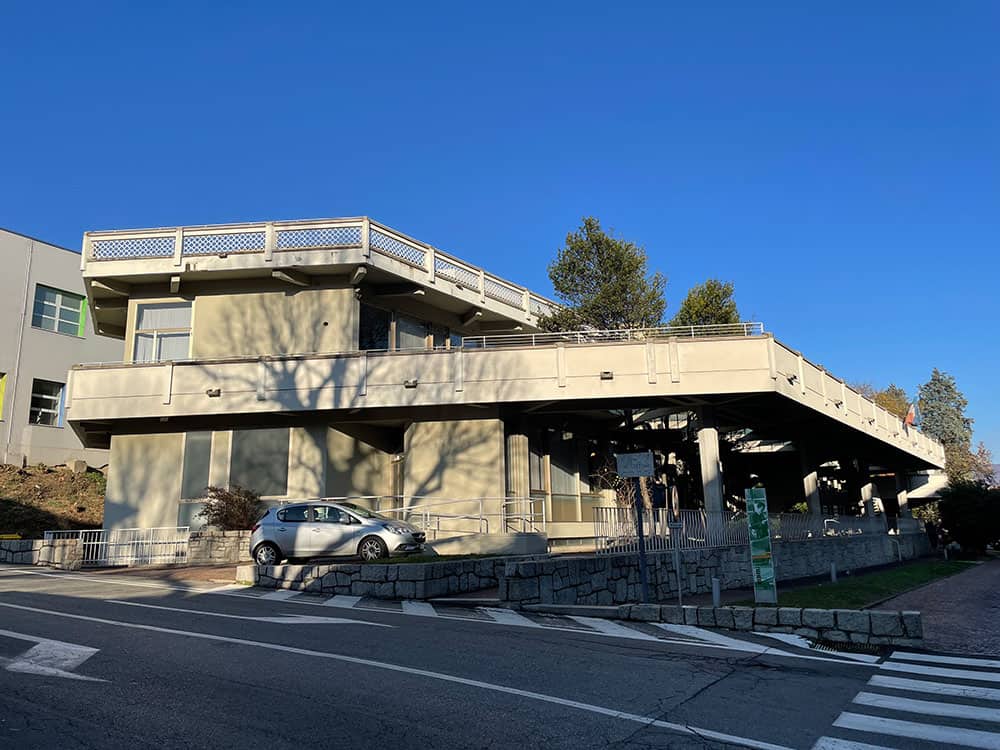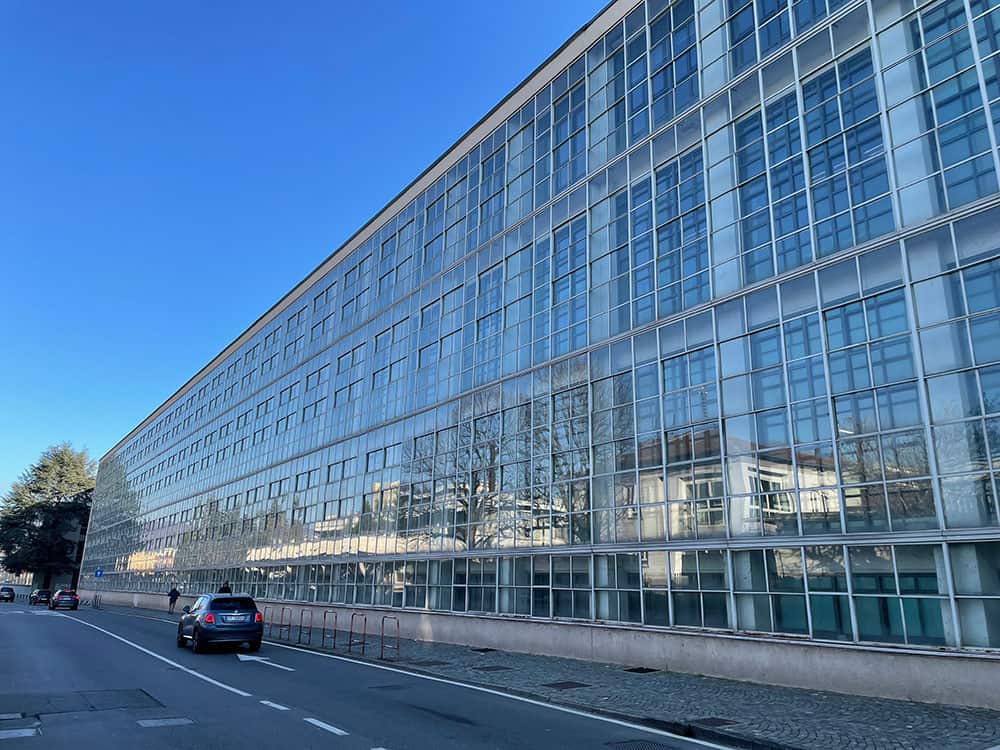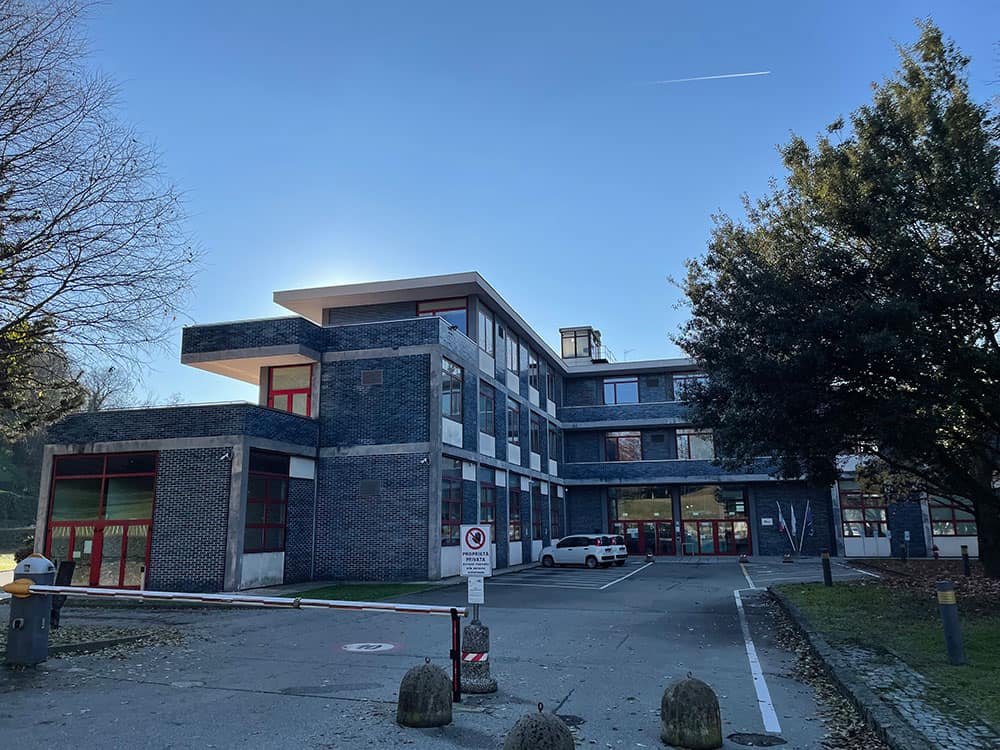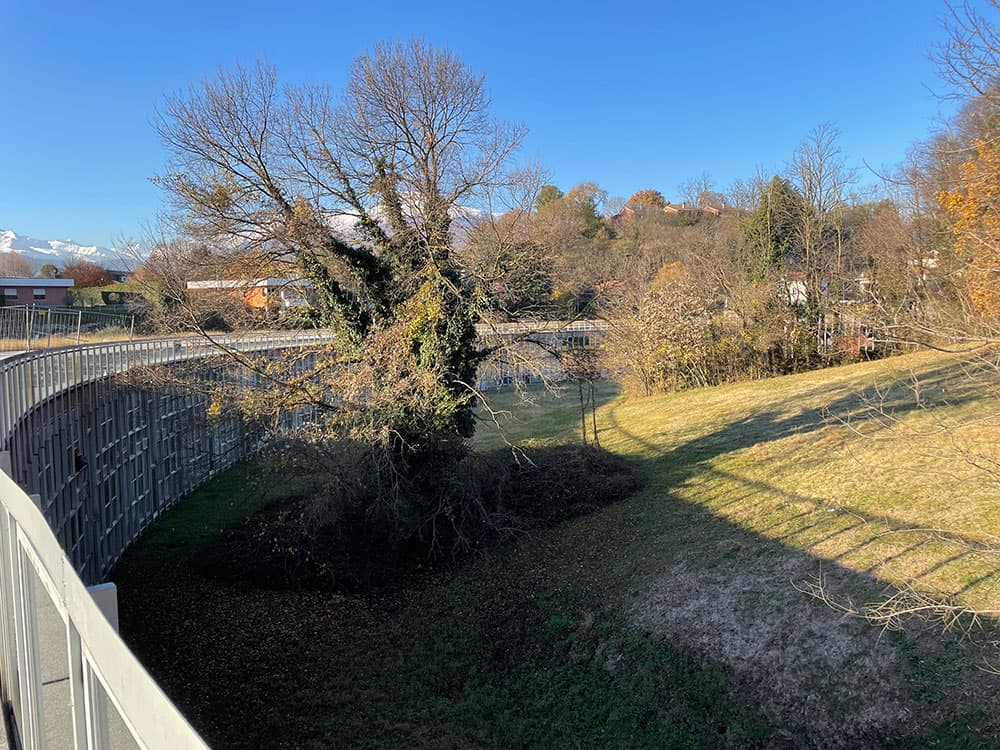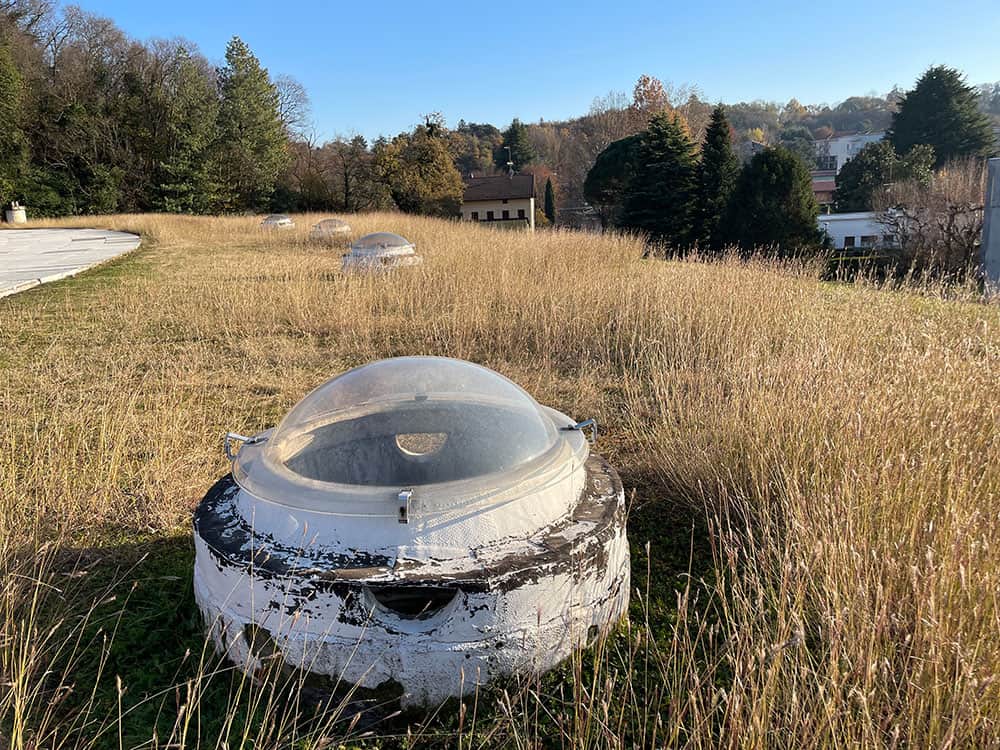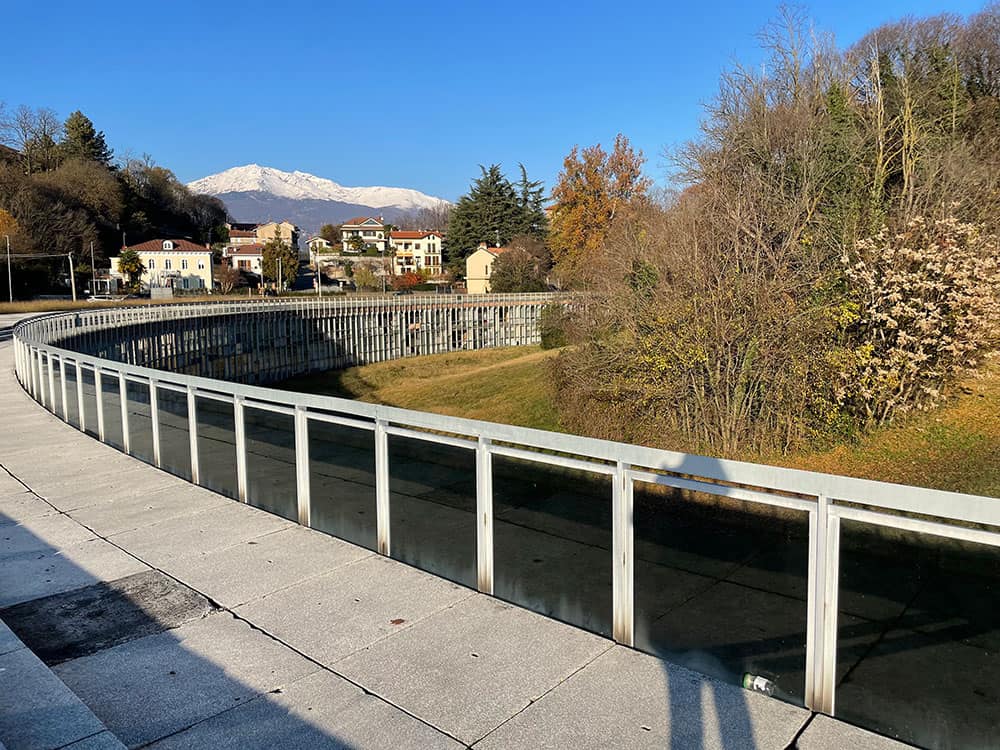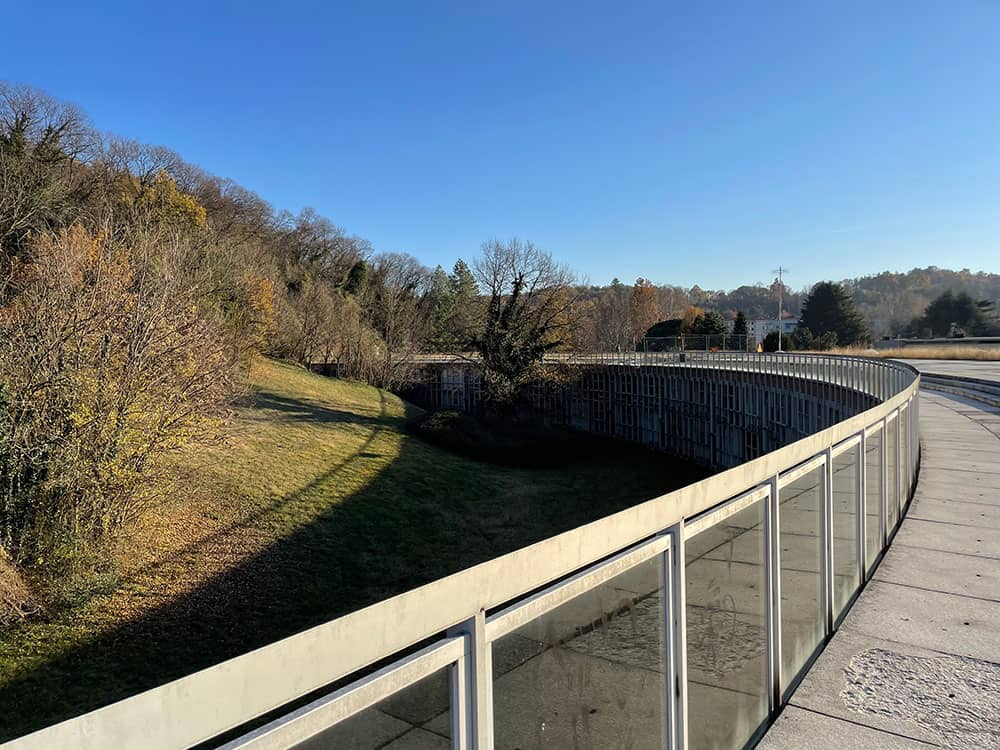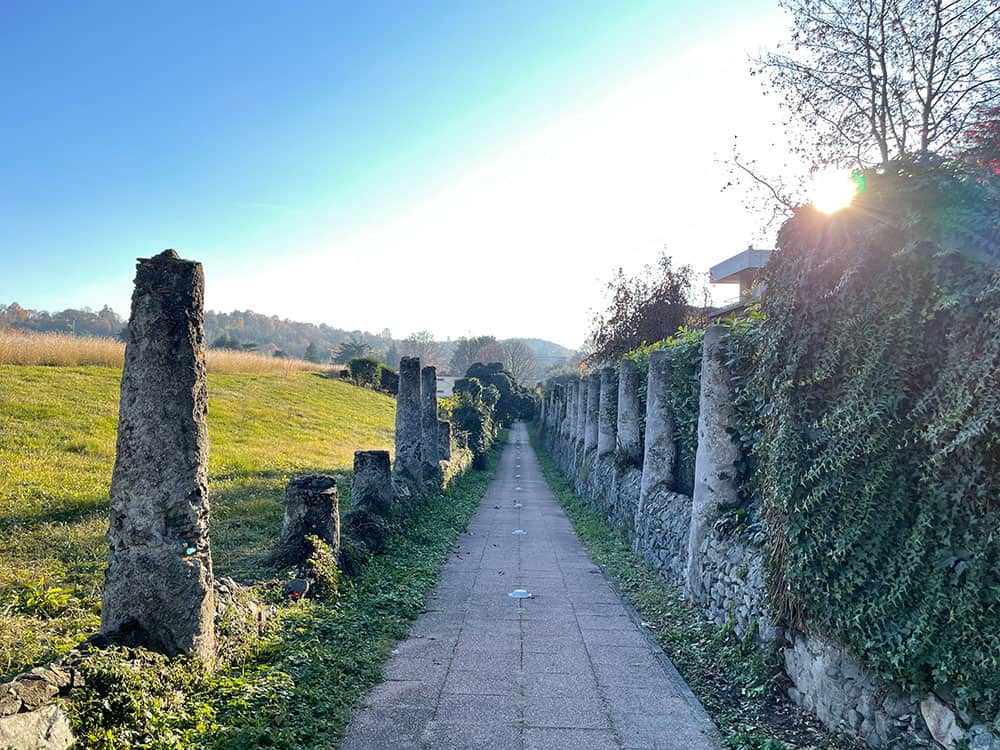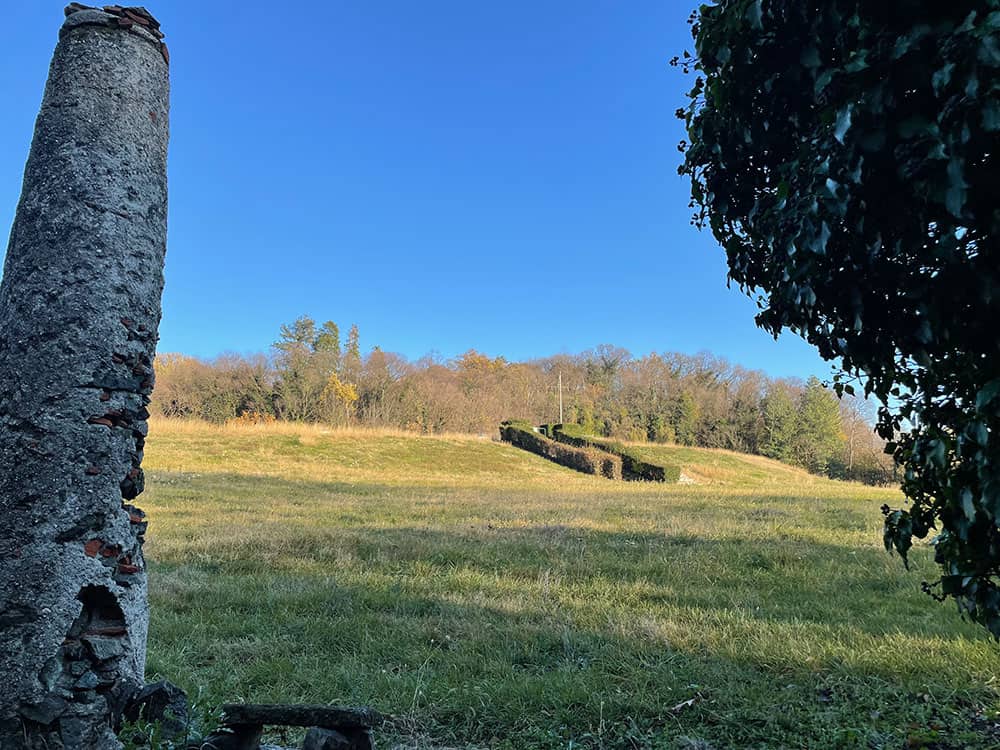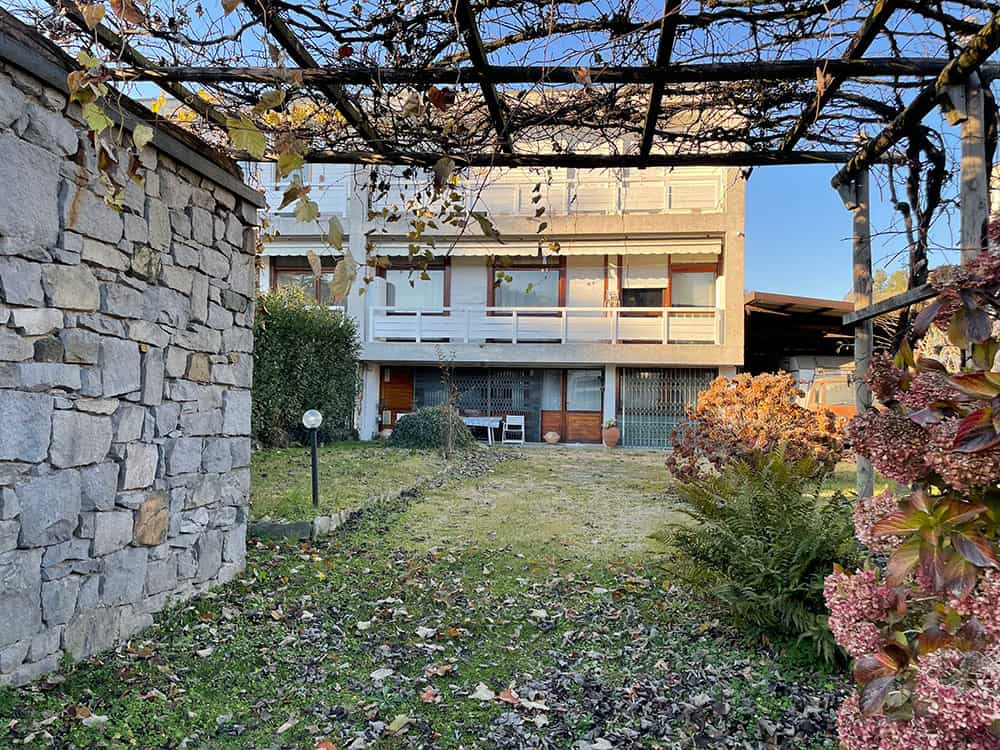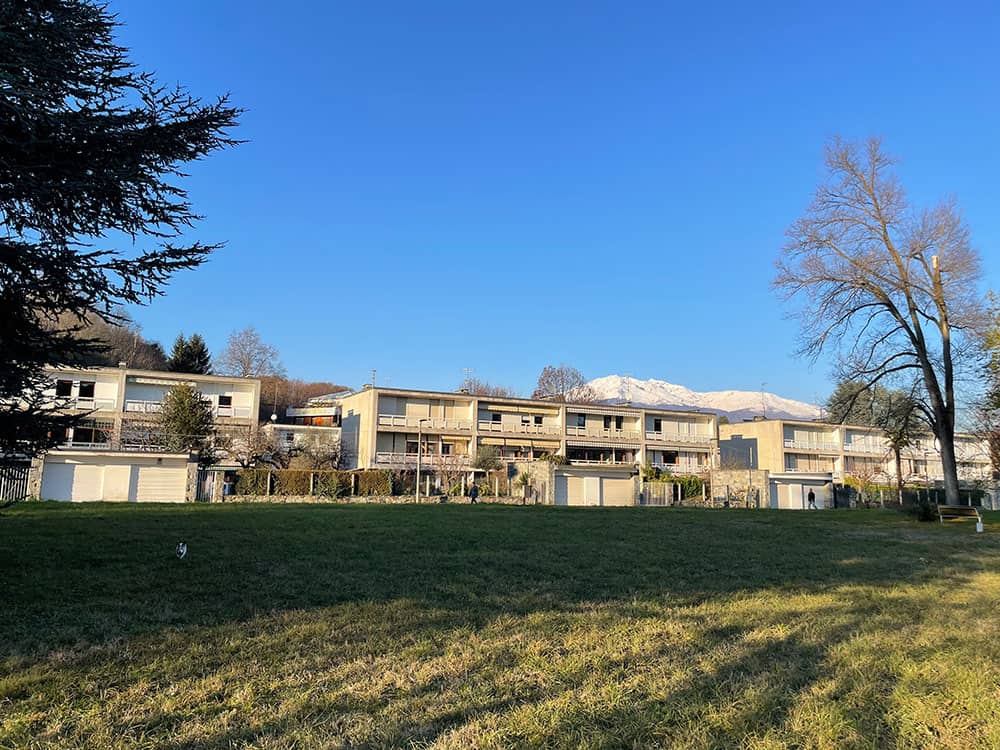“Light as a syllable, complete as a sentence”: with this claim in 1950 the type writer Lettera 22 was advertised, the first light typewriter produced by Olivetti of Ivrea designed by the architect Marcello Nizzoli based on a project by the engineer Giuseppe Beccio.
With 42,000 lire, roughly equal to a month’s wages for a worker, Italians could buy one of the symbols of the new, modernizing Italy.
This object entered the permanent collections of the MoMA – Museum of Modern Art in New York and was awarded the Compasso d’Oro in 1954.
The Lettera 22 was also chosen (1959) by the Illinois Technology Institute as the best product in terms of design of the last 100 years.
Together with the Piaggio Vespa (released in 1946) and the Fiat 600 (1955) and 500 (1957) this compact and portable typewriter has become a piece of Italian design history.
We want to briefly tell you the story of Olivetti because it was among the first companies, in chronological order, to produce personal computers and office printers. They produced the first PC, the Olivetti Programma 101, released in 1964.
The history of Olivetti began on the 29th of October 1908 when Camillo Olivetti set up the “Ing. C. Olivetti & C.”, the “First national typewriter factory“, with 20 employees, a 500 m2 workshop and a production of 20 machines a week. In the following years the Ivrea company grew rapidly and at the end of the 1920s it reached an annual production of 13,000 machines, and with the turn of the 1940s, also teleprinters, calculators and office equipment.
The entrepreneur Camillo Olivetti was succeeded in 1933 by his son, Adriano Olivetti, who introduced a vision of business management considered utopian for the times, a unique example in Italian and European industrial history.
When Adriano Olivetti died suddenly in 1960, the company was present on all major international markets, with around 36,000 employees, over half of whom were abroad.
But the greatest legacy left by this visionary entrepreneur is not only linked to the expansive power of his industry but to the production model he adopted and the totally innovative management that involved every aspect of the business and of the factories daily life.
In addition to his ability to imagine the technological future (something very little taken for granted in the period between the two wars) Adriano Olivetti created step by step in the following decades in Ivrea an architectural archipelago functional towards industrial activity which still shows its vocation for beauty and ethical rights.
According to him it was essential that the workers, regardless of their mansion, had to carry out their activity in large, bright and pleasant environments: they were supposed to be surrounded by beauty and comfort in order to be better collaborators.
Last week we went to Ivrea to visit the industrial Piedmontese site that extends over 71 hectares which in 2018 became part of the Unesco heritage: the urban and architectural ensemble, almost exclusively privately owned, consists of 27 assets including offices, homes, canteens and kindergartens designed by the most famous Italian architects and urban planners of the 20th century.
Olivetti opened the factory to intellectuals and artists and to their creative contributions.
Concerts, exhibitions and debates were continuously held in the factory. The library counted thousands of volumes and journals from around the world. Intellectuals, writers, artists work at Olivetti, some with top roles
Thanks to the means made available by Olivetti, the city became the experimental laboratory of 20th century urban planning theories and debate.
The Olivetti site differs from other similar sites on the World Heritage List in that it is not a company ex-novo town (such as Crespi D’ Adda which we talked about in another article, one of the first published by Casachiesi) because it is grafted onto the urban fabric and integrates it over a period of 30 years and represents the concrete and non-utopian realization of an economic and social project, of coexistence of the industrialization process with the host city.
As we said before the site is still mainly private and you can have access to two or three internal areas by joining the tour guide provided by the Unesco Visitors Center -Via Guglielmo Jervis, 11, 10015 Ivrea tel 379 169 4756 (closed on Monday)
Check out the guide schedule.
If your arrival does not coincide with the schedule of the guided tour, you will still find someone to welcome you who will show you the best route and will point out the most interesting places to visit. Please don’t miss the structure called Talponia and its apartments hidden under a grassy hill
You can also download the audioguide with the all site description from the FAO (Fondazione Adriano Olivetti) site
and enjoy the visit on your own https://www.fondazioneadrianolivetti.it/visita-ivrea-citta-industriale/
One last recommendation: don’t forget to take a tour of the city and in particular go and see a very particular building called “la Serra“, a multipurpose center unfortunately in a state of semi-abandonment, wanted by the eldest son of Adriano Olivetti and built between 1967 and 1971 by the architects Igino Cappai and Pietro Mainardis.
This structure, whose shape vaguely resembles a typewriter, once housed shopping arcades, homes, a convention center, a public swimming pool (still open today), a cinema and a hotel. Today, unfortunately, it is in rather poor condition but with its brutalist connections and overhanging cubic modules it represents a really interesting architectural experiment.
Adriano Olivetti used to say” «Often the term utopia is the most convenient way to liquidate what you don’t have the will, ability or courage to do. A dream seems like a dream until you start working on it. And then it can become something infinitely greater».
Do I need to add anything?
How about a map and how to get there?
Enjoy your visit!
Betti
[socialWarfare]

